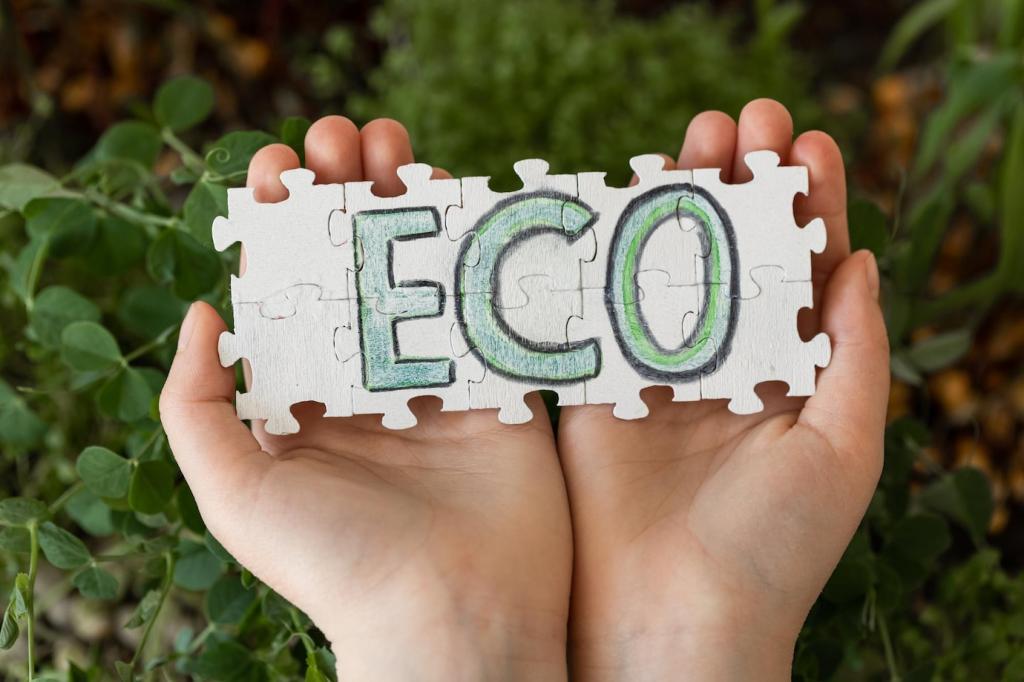Innovative Copywriting Strategies for Sustainability
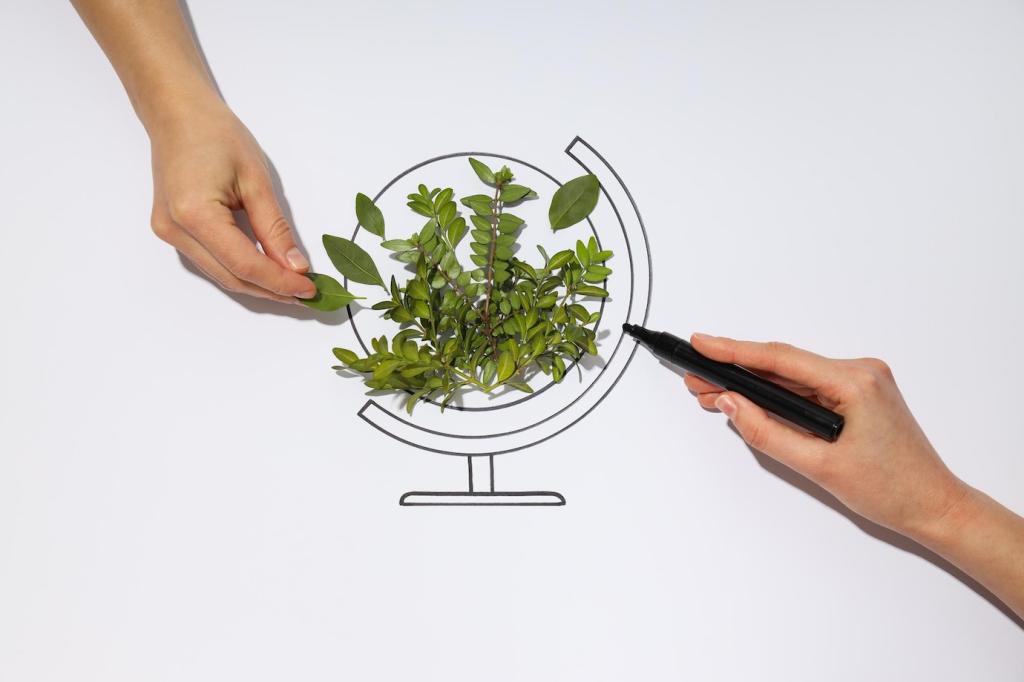
Map values, barriers, and everyday frictions
Interview real customers, run short diary studies, and list micro-barriers like price, habit, or confusion about impact. Write to remove one friction at a time. Ask readers: which moment makes sustainable choices hardest for you?
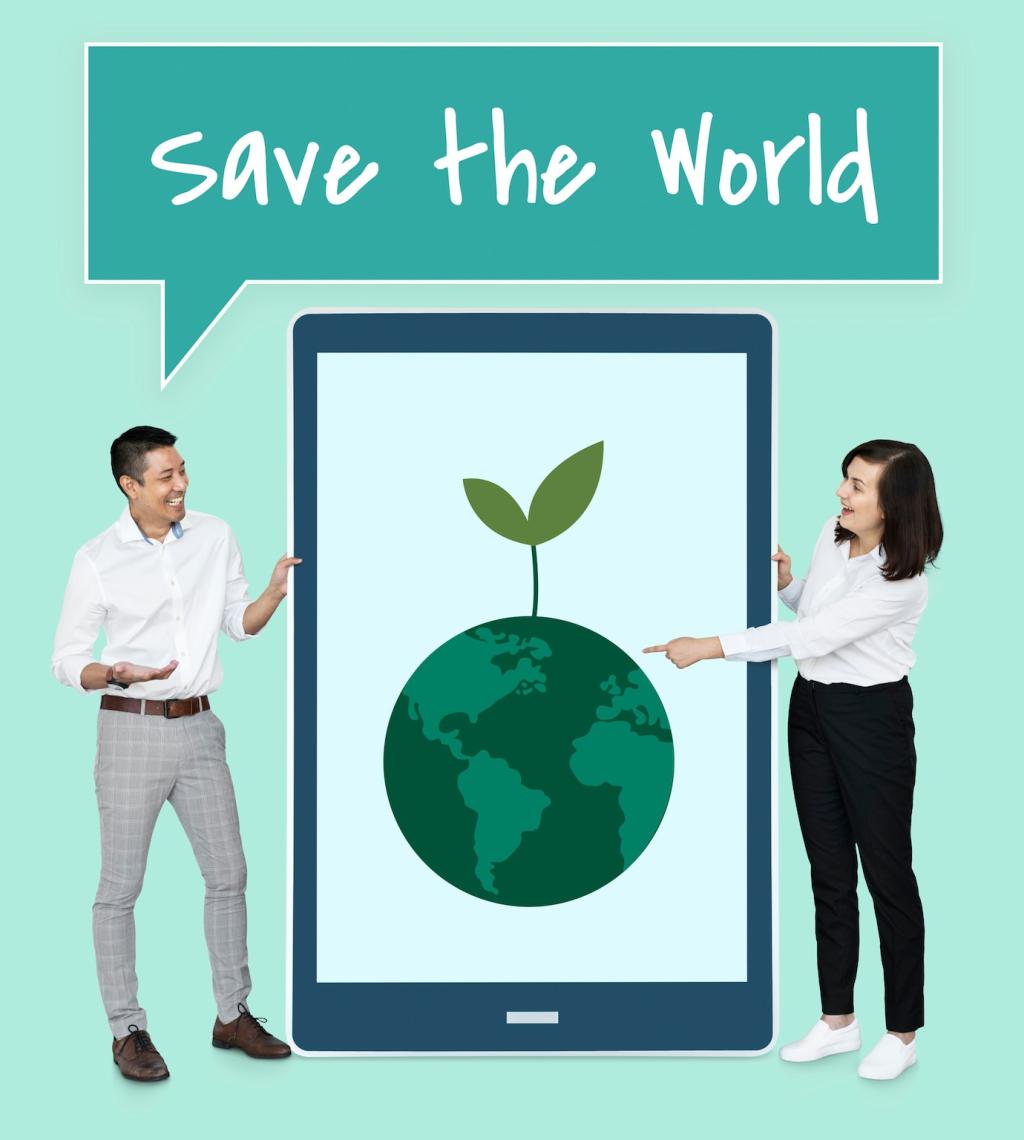
Frame benefits as identity, not chores
Shift from duties to belonging. Try lines like “for the refillers who hate waste” rather than “reduce your plastic.” Reinforce identity with community language and gentle pride. Share your favorite identity-driven headline in the comments.
Storytelling That Plants Roots, Not Buzzwords
Position the reader as the hero and your product as the guide. A small soap brand reported higher click‑through after rewriting copy from “zero waste” to “keep beaches barefoot‑friendly.” Invite readers to picture their own small victory today.
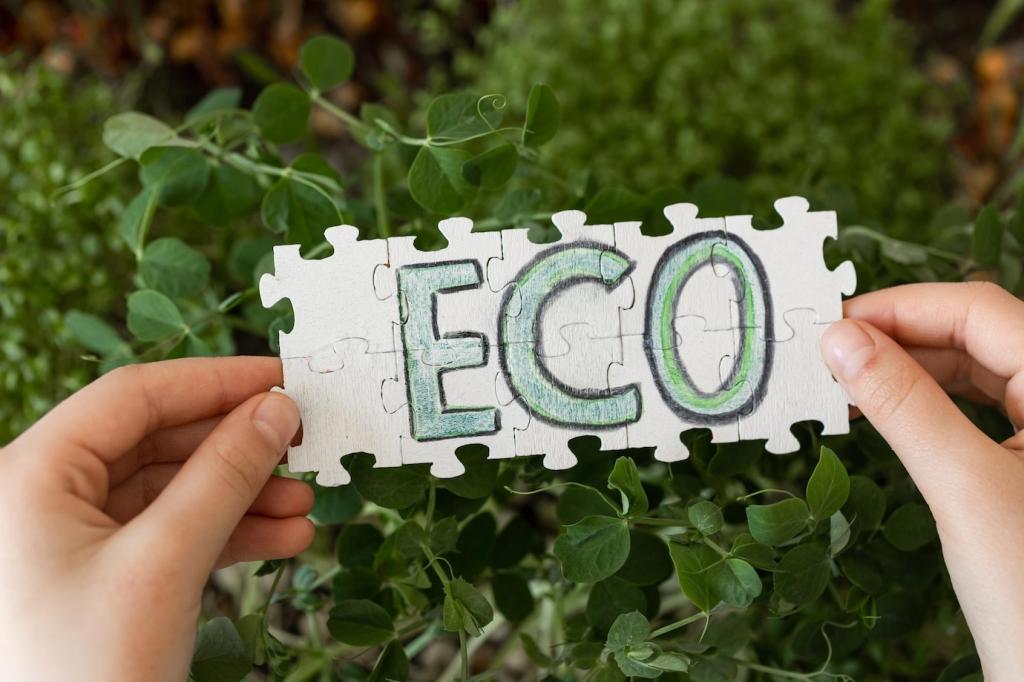
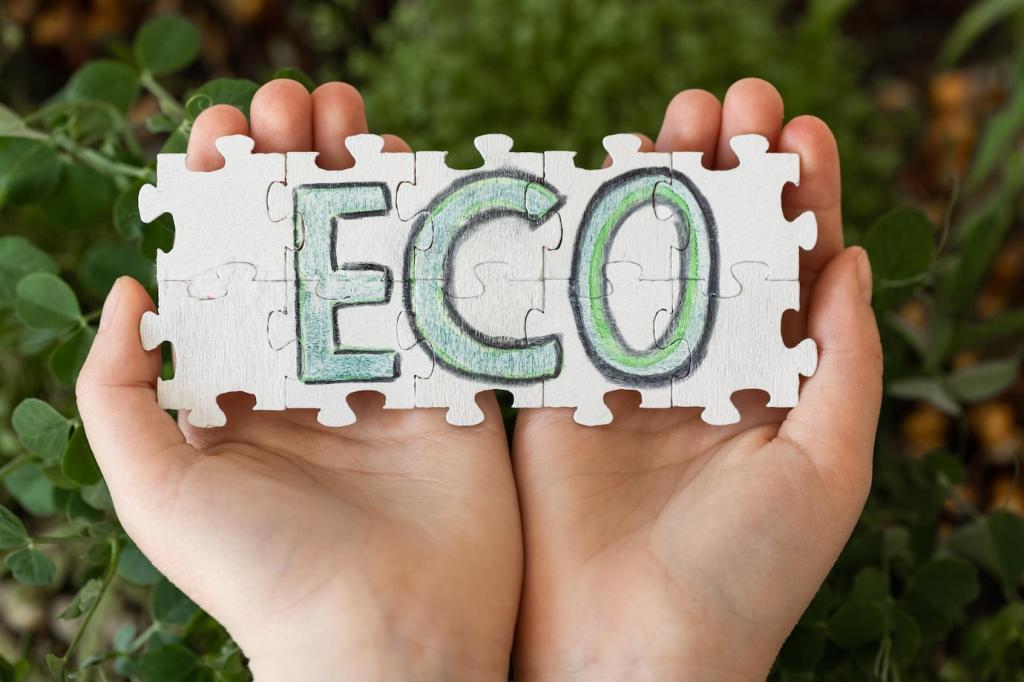
Storytelling That Plants Roots, Not Buzzwords
Describe the problem you solve so it can be seen, touched, or heard: rattling bottles, crinkling wrappers, overflowing bins. Then offer sensory resolution: quiet refills, calm cupboards, lighter bags. Which sensory detail instantly hooks you? Share below.


Evidence Without Greenwashing
Translate impact into everyday analogies: kilowatt hours into hours of laptop work, liters into showers, grams into cups of coffee grounds. Keep math simple, sources visible, and comparisons fair. Which analogy helps you feel impact most clearly?
Evidence Without Greenwashing
Avoid fuzzy labels like “eco‑friendly.” Specify life‑cycle stage, location, and timeframe. Cite standards or certifications where relevant, and show limits without fear. Readers respect nuance. Ask us which certification explainer you want next.
Channel‑Specific Techniques That Move Needles
Lead with a crisp promise, follow with proof, and finish with a frictionless pathway. Use comparison tables for clarity, not pressure. Add a sticky bar with one benefit and one action. Curious about a teardown? Nominate a page.
Channel‑Specific Techniques That Move Needles
Write subject lines that earn the open with curiosity and clarity, not guilt: “What your shampoo bottle did today.” Use preheaders to preview proof. Offer one action per message. Reply with “subject lines” for a focused swipe file.
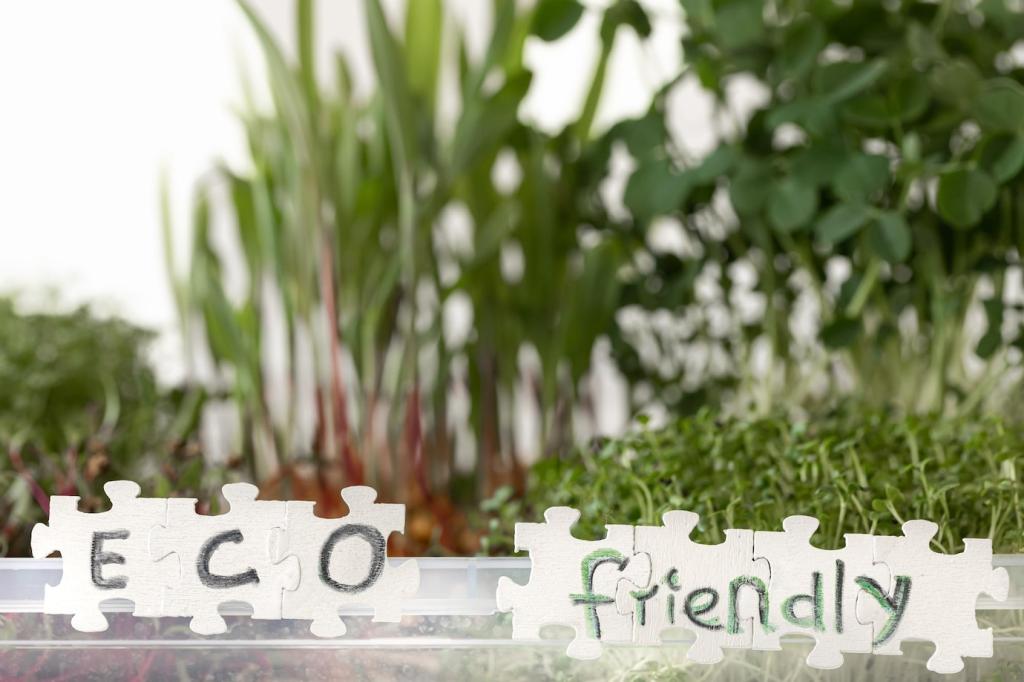
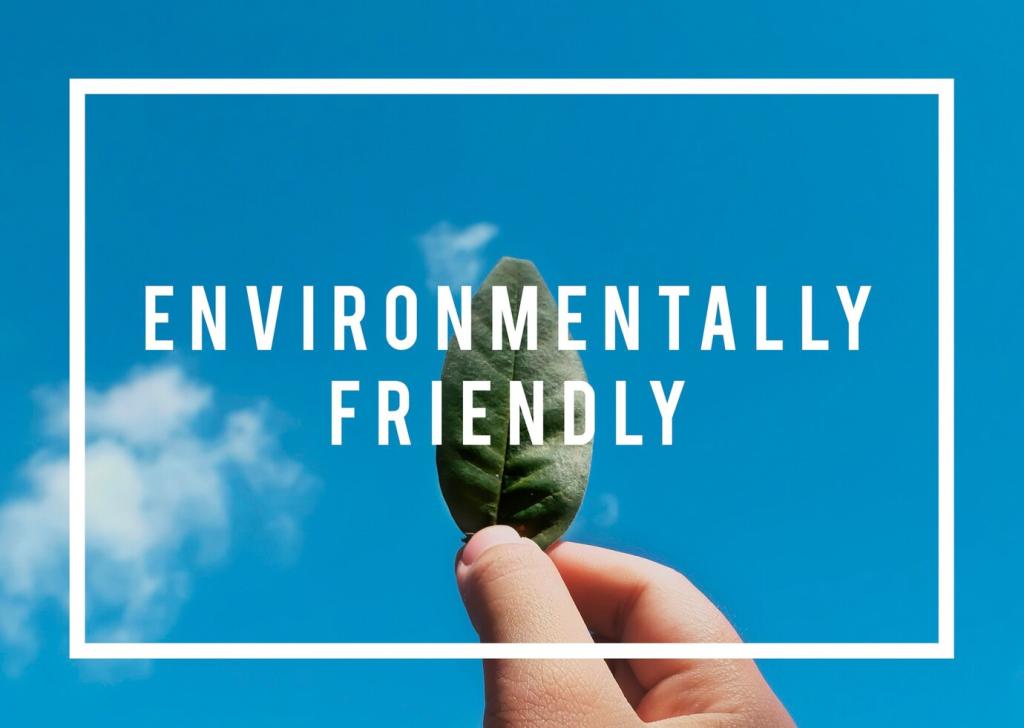
Creative Devices That Make Sustainability Feel
Swap abstractions for tangible anchors: “Refills that fit like books on a shelf,” “A footprint lighter than a Sunday nap.” Concrete nouns stick, metaphors accelerate understanding. Share your favorite metaphor and we’ll refine it together.
Creative Devices That Make Sustainability Feel
Place the expected beside the delightful: “Luxury lather, thrift‑store waste.” Use contrast to expose tradeoffs without scolding. Surprising pairings earn attention and shares. Got a product needing contrast lines? Tell us the two qualities to balance.
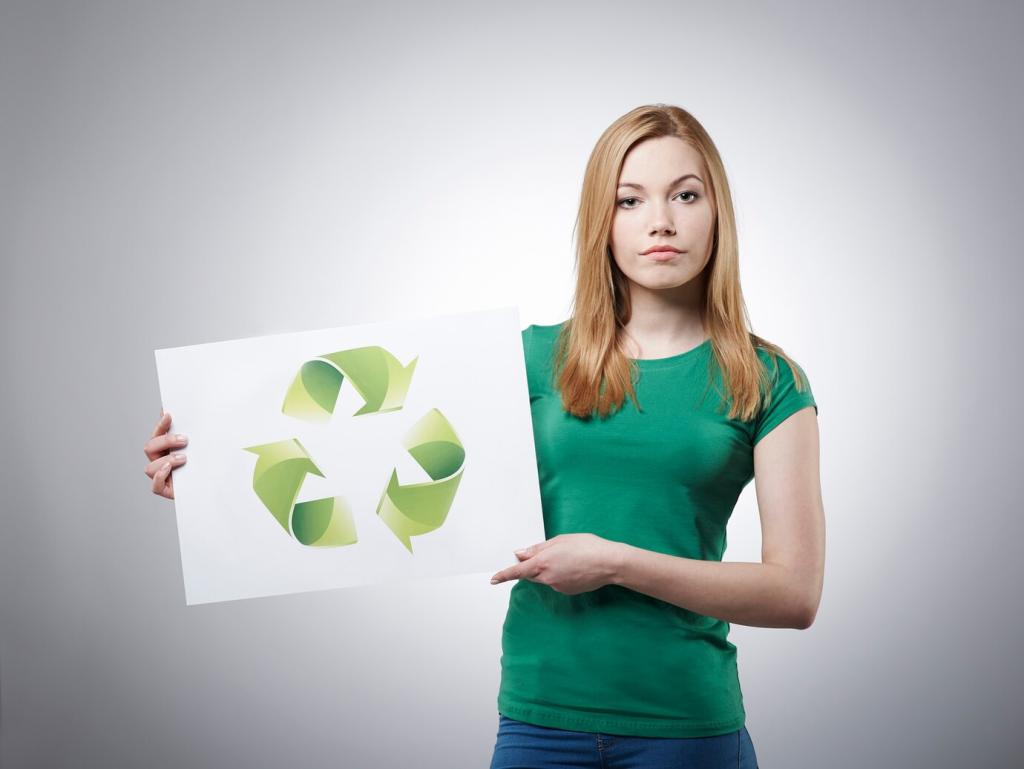
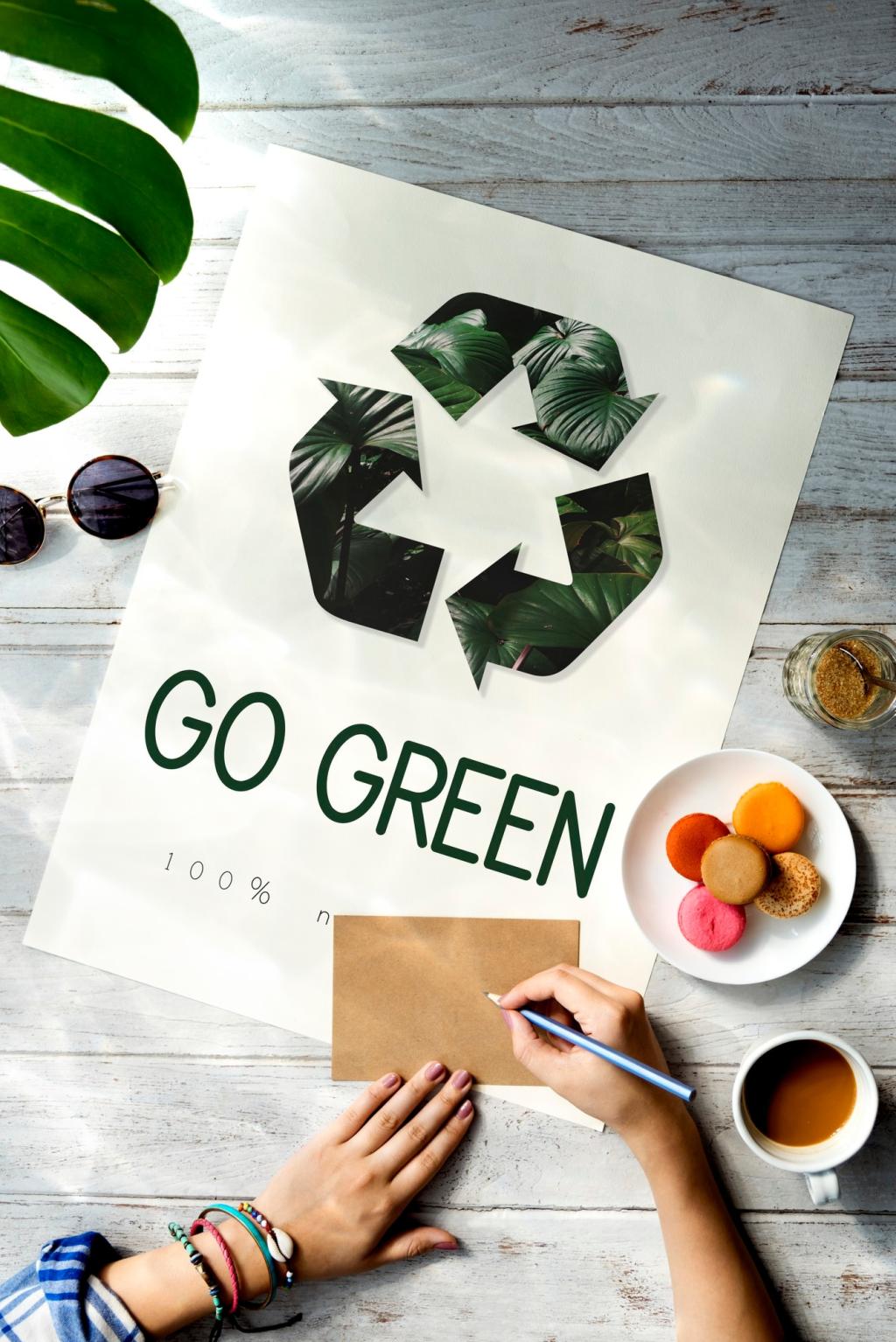
Default to the greener choice
Make the sustainable option the preselected path while keeping freedom evident. Label why: “Ships carbon‑neutral by default.” Defaults nudge behavior respectfully. Which default would simplify your flow most? Ask, and we’ll brainstorm copy.
Micro‑steps and commitment devices
Offer tiny starts: try one refill pouch, schedule a pickup, join a 7‑day audit. Pair with a visible progress bar and a celebratory micro‑message. Want a 7‑day prompt sequence you can adapt? Comment “sequence.”
Close the feedback loop
Immediately show impact: “You diverted 12 bottles this month—enough to fill a classroom recycling bin.” Invite the next step: “Set a goal?” Encourage replies with personal milestones. Share your latest win so we can cheer you on.
